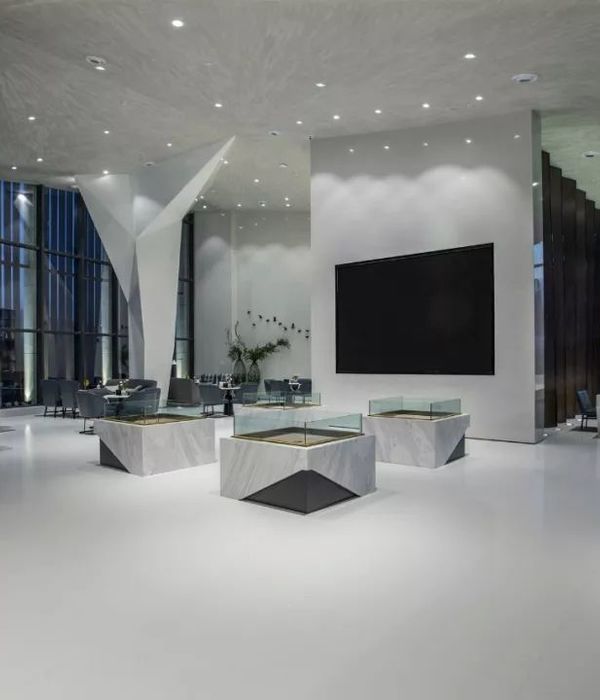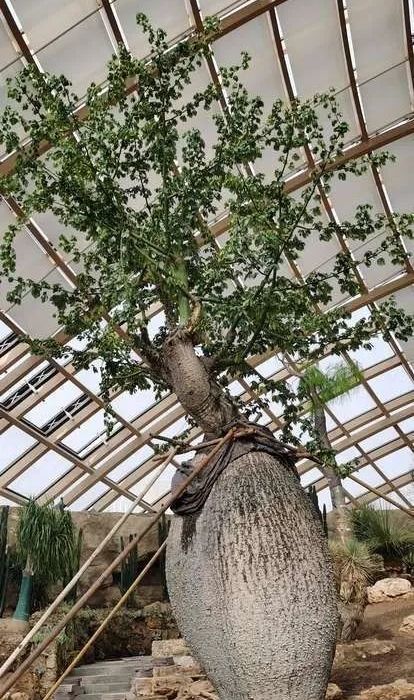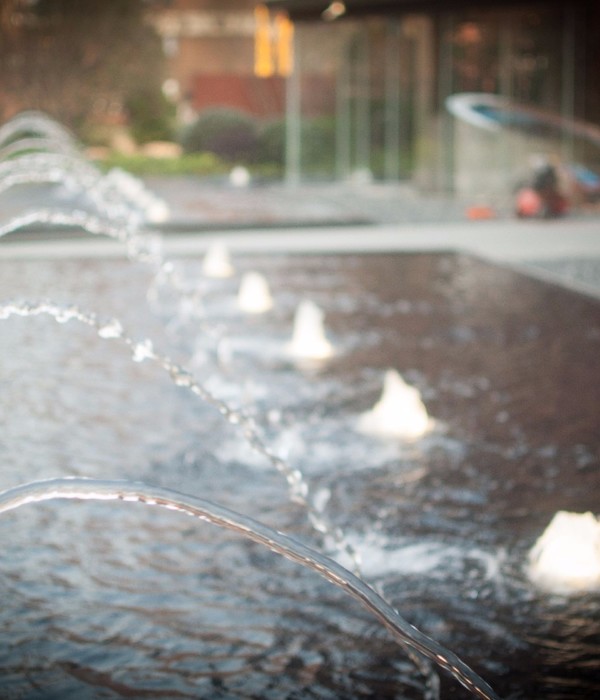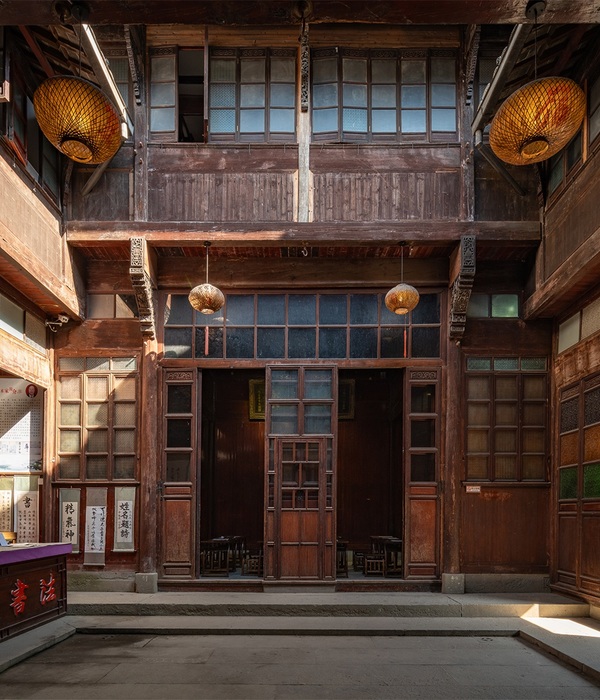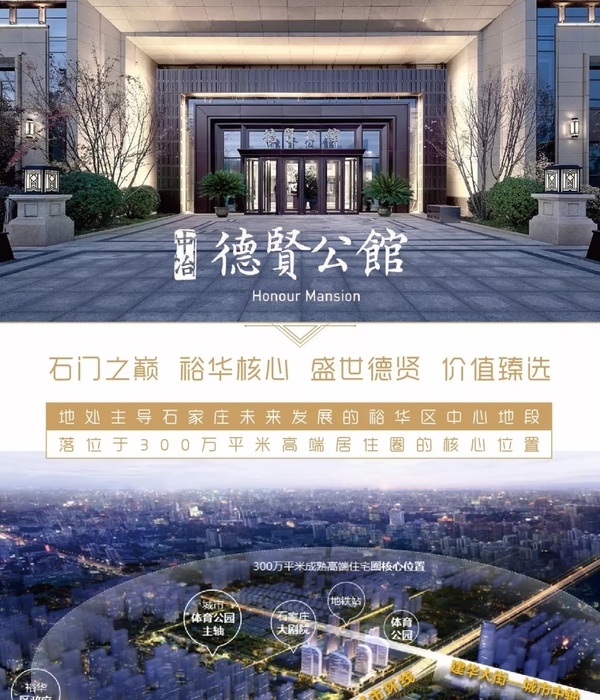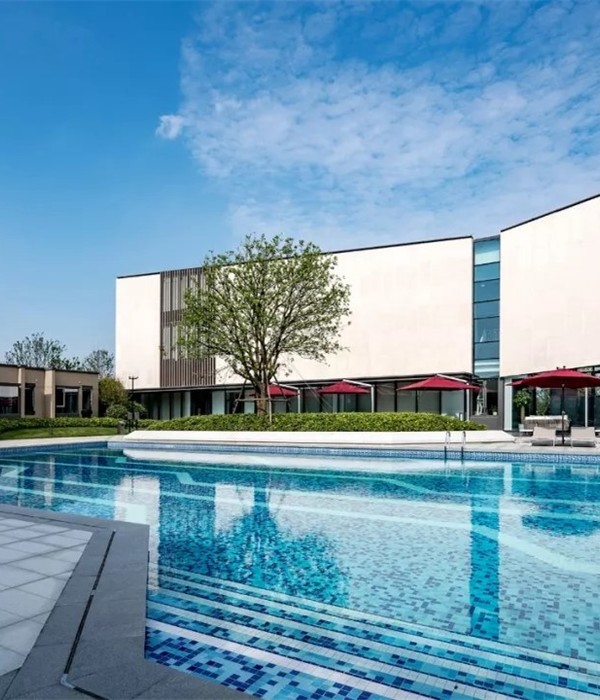One Beverly Hills is a striking and dynamic mixed-use urban-resort in the heart of world-famous Beverly Hills. The 17.5-acre site is currently one of the largest and most environmentally advanced projects underway in the United States. The site represents the unification of several properties adjacent to the iconic Beverly Hilton and Waldorf Astoria Beverly Hills. One Beverly Hills will add three environmentally sustainable buildings to the site: two residential condominium towers and a third building housing a 42 All-Suite luxury hotel and 37 shared ownership condominiums. All of this is set around 8-acres of breathtaking botanical gardens that will be planted at the heart of the site. The Beverly Hilton will see extensive upgrades to bring the green of the gardens into the hotel experience. With the driving philosophy of creating the healthiest and future-forward development, the new buildings and gardens of One Beverly Hills are designed to exceed California’s own ambitious sustainability goals. One Beverly Hills is expected to open in 2026.
Foster + Partners is leading the One Beverly Hills masterplan with Los Angeles based multi-disciplinary design firm RIOS overseeing landscape architecture. The team is working together to establish a unique melding of buildings and landscape with well-being as the central focus. One Beverly Hills will seamlessly integrate the existing Beverly Hilton and Waldorf Astoria Beverly Hills into a unified 17.5-acre site. The legendary Beverly Hilton will receive significant reinvestment to reflect the design of One Beverly Hills, with a new arrival drive and lobby area, ballroom upgrades, restyled pool and 36 new poolside cabana rooms. A new 38,000-square-foot conference center will have the most sophisticated technology and be enhanced with unique breakout areas that capitalize on the perfect Southern California weather. Joining the established hotels will be a new 10 story building that will include 42 all-suite guest accommodations, a fine dining restaurant and 37 shared ownership condominiums.
Additionally, the two residential towers will maximize privacy and provide unobstructed views from the Pacific Ocean to the mountains beyond the famous Hollywood Hills sign. They will be the two tallest buildings in Beverly Hills, and merge with the gardens and Los Angeles Country Club landscapes by continuing the greenery up the facades. Their curving and receding forms, soft edges and oversized balconies mediate between private living and garden greenery, breaking down boundaries between indoor and outdoor living.
As the heart of One Beverly Hills, the Botanical Gardens will be a sustainable oasis of wellness, encouraging exploration and relaxation. The practice has devised an elevated platform to be built from the western side of the property across to the Beverly Hilton to create the magnificent Botanical Gardens. This 8-acre haven will be dedicated to over 40 tree and 250 plant species from 13 different botanical regions of California and feature curated sculptures, water features, shaded seating areas, 2 miles of pathways and other amenities. Predominantly planted with water smart landscaping, the entire garden will be irrigated through an extensive greywater system. A community-based conservancy made up of One Beverly Hills residents, school and community leaders, and representatives of the hotels will oversee educational programming and operations.
One Beverly Hills is invested in a sustainable future and committed to being the benchmark for environmental sustainability, bringing together multiple technologies to aggressively lower emissions and energy consumption. The buildings of One Beverly Hills will use a central geothermal system, harnessing the earth’s constant soil temperature to efficiently create heat, hot water and reject heat for cooling without the use of gas. The system also reduces the number of cooling towers needed saving millions of gallons of water annually.
Using collected rainwater and recycled greywater, the extensive One Beverly Hills landscape will be 100% water sustainable. These steps will save millions of gallons of water a year. In an effort to support grid harmonization and safeguard local energy infrastructure, the project is designed with a significant centralized battery storage system, onsite photovoltaic array, and a chilled water thermal energy storage system. This will allow the project to be flexible in managing electrical demand by minimizing imported electricity in real time intervals when grid generation is composed of dirtier fuel sources. It will also be responsive to local & utility-level demand response events. The new 1.375 million square feet of buildings will be built from recycled, low embodied carbon and low toxicity materials. The space is also designed to promote multimodal mobility, encouraging walking, biking and alternative transportation, as well as offering extensive EV charging capabilities in the underground parking garage.
{{item.text_origin}}

